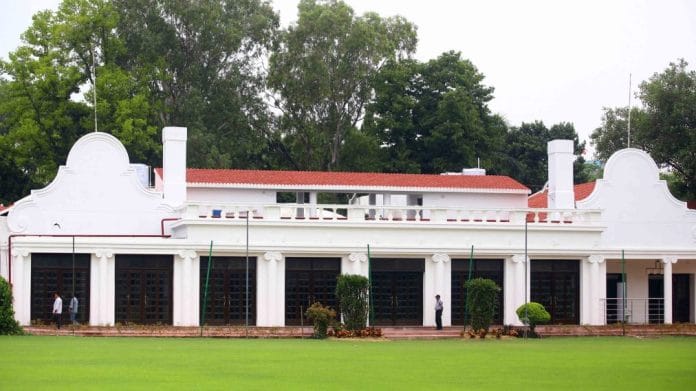It was 1930 and an intense first-class fixture between Maharajkumar of Vizianagram’s XI and Rest of India XI at Delhi’s Roshanara Club had everyone hooked. Legendary English cricketers Jack Hobbs and Herbert Sutcliffe had already scored 150 runs for the opening stand. Now, it was flamboyant Maharajkumar of Vizianagram aka Vizzy’s turn to bat. The clap sound on the scoreboard kept changing with every tap of the bat. A six, a four and Vizzy was out. The tension on the pitch increased but the crowd was calm.
That old back-and-white scoreboard still stands at the club grounds, with the words ‘Batsman’, ‘Score’ ‘Wickets’, ‘Fall of Last’ and ‘Last’ arranged as if waiting for the next match to begin. It overlooks the freshly mowed green grass on the ground.
Roshanara Club’s memories are the stuff of history – of Indian cricket, colonialism and class bubble. It was the hangout spot for the Civil Lines elite. It goes beyond cricket too. From the ruling British officers and memsahibs, to early Independence-era politicians, judges and the new emerging rich of Delhi, the club’s walls hold many of Delhi’s hushed chatter and secrets. With fancy food, expensive alcohol, and an extravagant billiard room, the club provided a private, spacious and luxurious escape for the new rich of North Delhi.
The facility now has undergone a newly minted rebranding exercise. It is now “DDA Roshanara Club”—new name, new staff and new menu. And it has shed its elite exclusivity too. The association, which was restricted to the elite members of North Delhi, is now available for everyone. The goal is to turn it into the Siri Fort Sports Complex of North Delhi. With this, the capital hopes to bring back the buzz, and also some of South Delhi’s uppityness to an area otherwise starving for that rarefied air.
“Roshanara Club was one step ahead of all the clubs of Delhi, including Gymkhana and the Golf club. It has the best ground water, best environment and the cricket pitch that matches international standards,” said Rajendra Jain, a member of five decades.
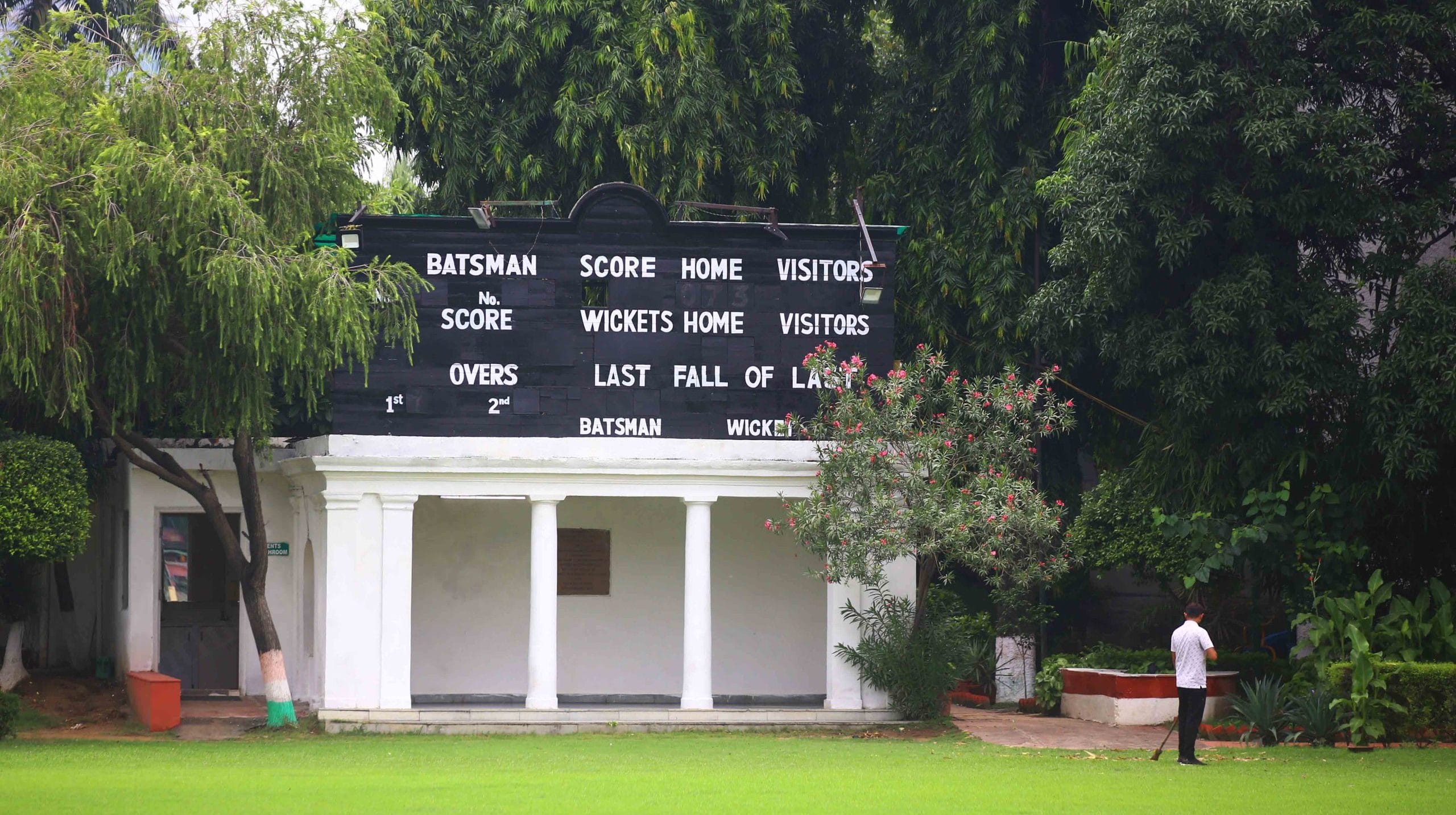
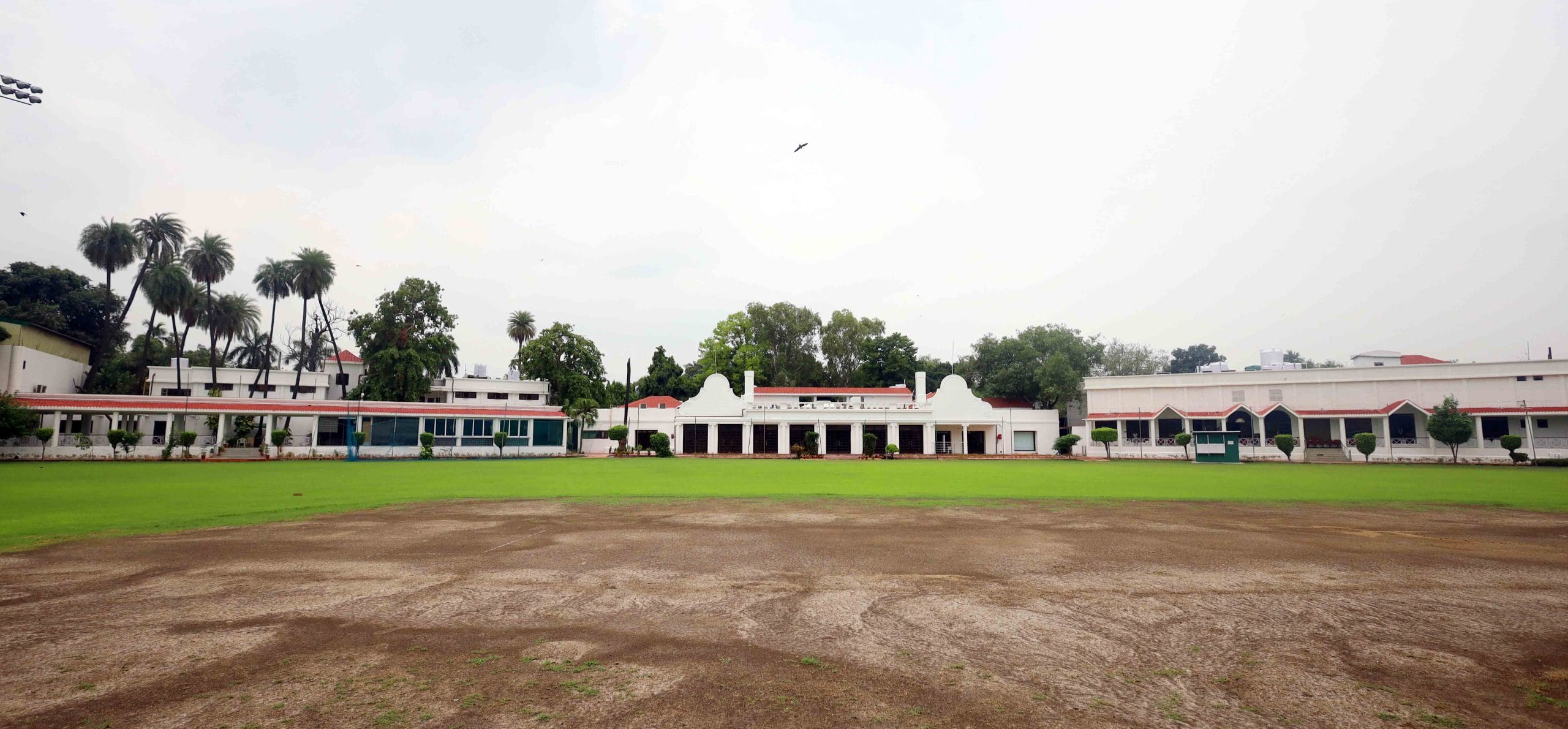
Rahul Kishore, grandson of Lala Ram Kishore, one of the founding members of the club, remembers the club in all its glory, when he used to play in the ground during his college days. The gentlemen’s cricket, with flannel shirts, trousers, high collars, white creme sweaters and polished shoes.
“It was a treat for us to play at Roshanara Club. Spectacular ground, there was no such ground in Delhi,” he said.
Also read: India’s health influencers are the new WhatsApp University. Fact-checkers just can’t keep up
DDA’s club
The 22-acre property, earlier known as Roshanara Club Pvt Ltd, located on prime Delhi land, barely 10 km away from central Delhi, is ready for its second innings.
Two years ago, the club was taken over by the Delhi Development Authority. The sports complex shed some of its regality. It became like any other sports complex in the capital. A rate list now governs the access to its facilities: swimming, tennis, basketball, cricket and gym. Simultaneously, the restoration work on the hundred-year-old building began.
Delhi Lieutenant Governor Vinai Kumar Saxena, who inaugurated the heritage club on Monday, said: “Once a cultural and social retreat of the British era, the Roshanara Club was lying in a dilapidated state with crumbling facade and poor maintenance and upkeep. In January 2023, had directed DDA to restore and renovate this heritage. With the Roshanara Club reopening its doors to the people of Delhi, I invite all to be a part of its rich legacy and savour its cultural charm.”
DDA has tried to retain the heritage of the building, not only from outside, but from inside. The property takes one back to the colonial setting, with warm lights, square wooden windows, doors, vaulted ceilings, and shiny marble floor. All furniture has been polished deep brown to suit the Indo-Saracenic architecture, a building style that emerged during the British era.
On entering the club, a receptionist standing behind a refurbished 100-year-old desk welcomes the visitors. But the menu is new and so is the staff.
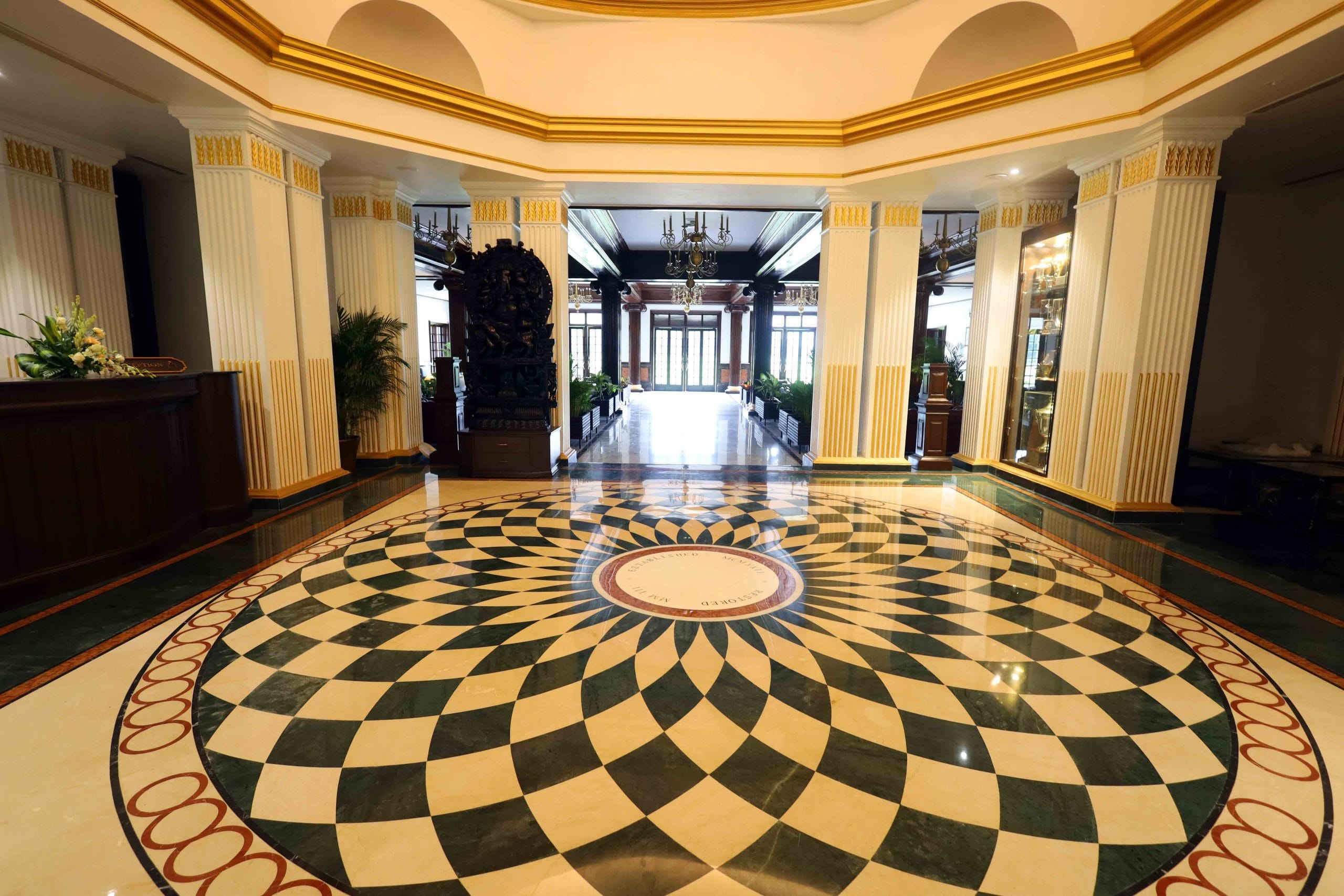
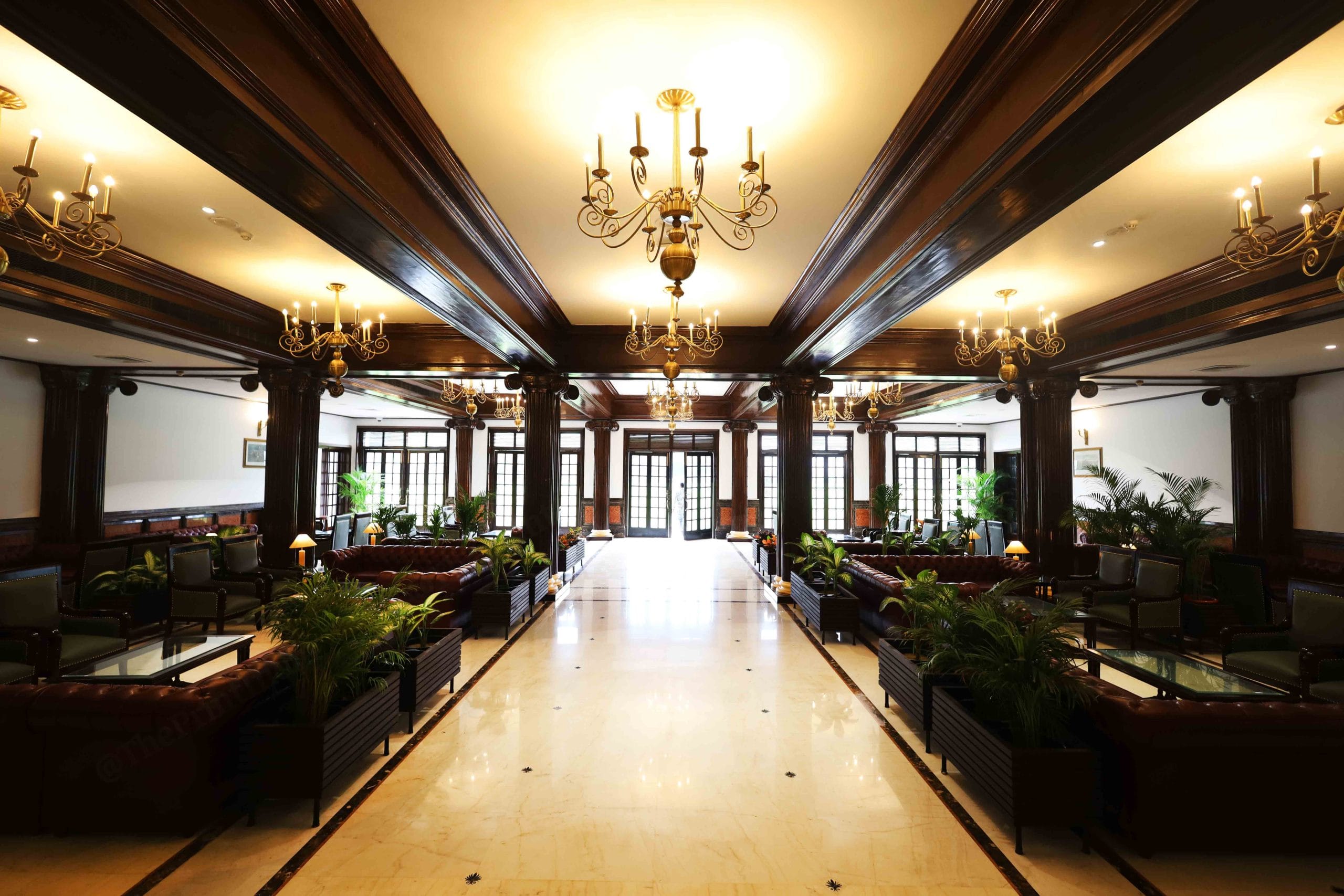
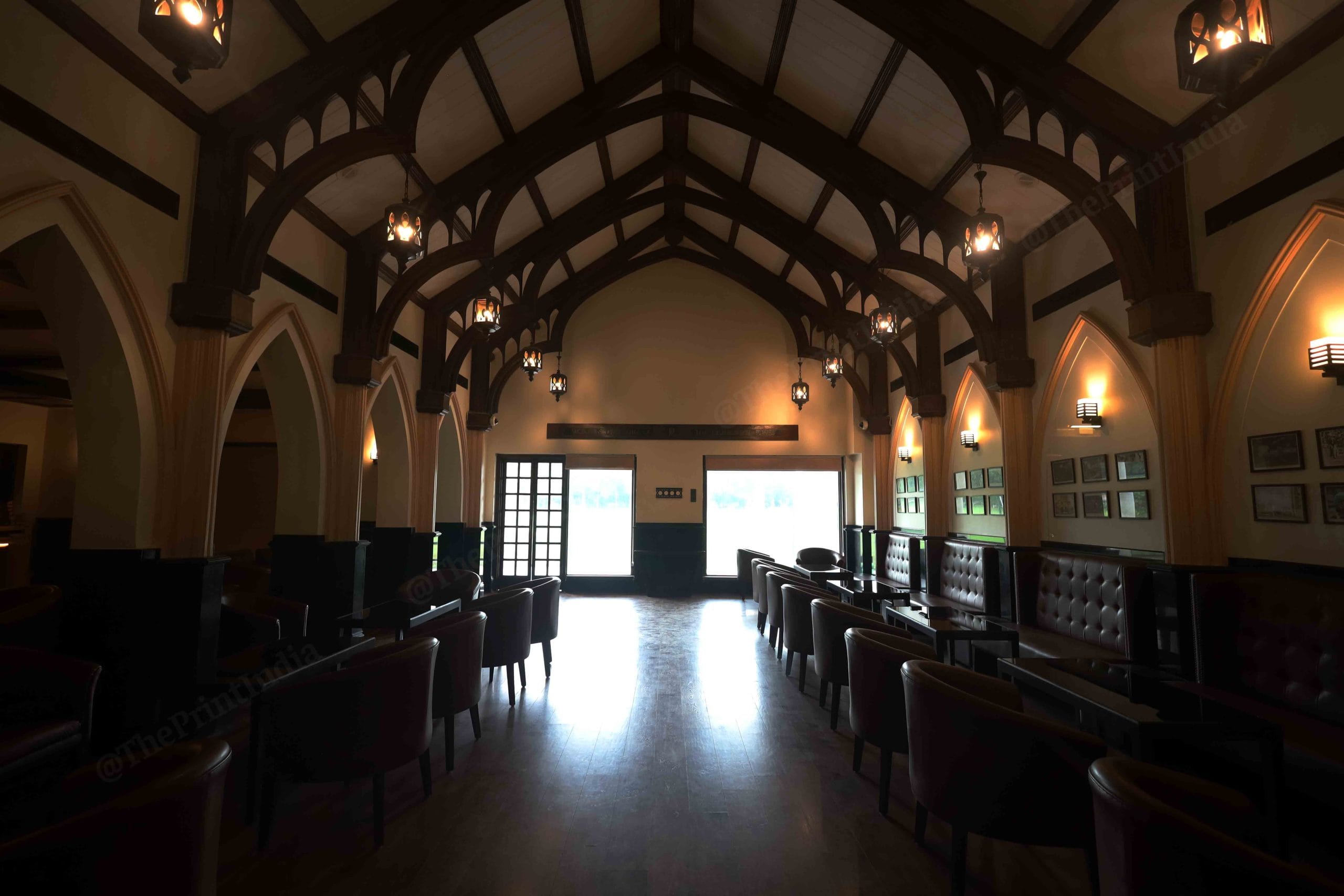
Roshanara Club was personal for its members. Stories of cricket matches, scrumptious food, gossip sessions on Indian politics forms the memories.
“It was important to maintain discipline in the club, hence we only allowed entry of members,” said Suraj Prakash Arora, a former club vice president.
In 1982, the famous club ground featured in Richard Attenborough’s Oscar-winning film Gandhi. A scene, depicting a cricket match disrupted by news of unrest in Champaran, was filmed here.
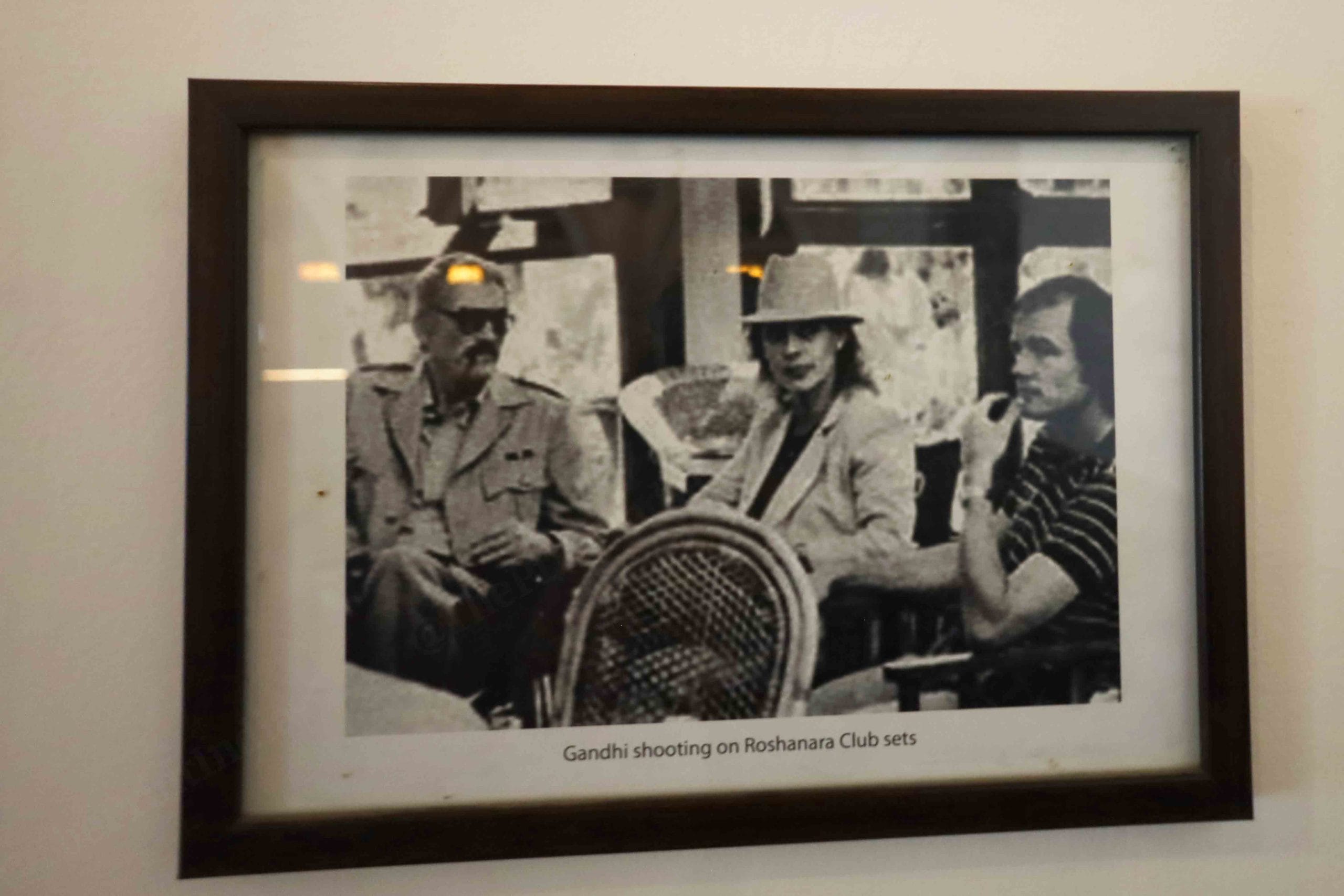
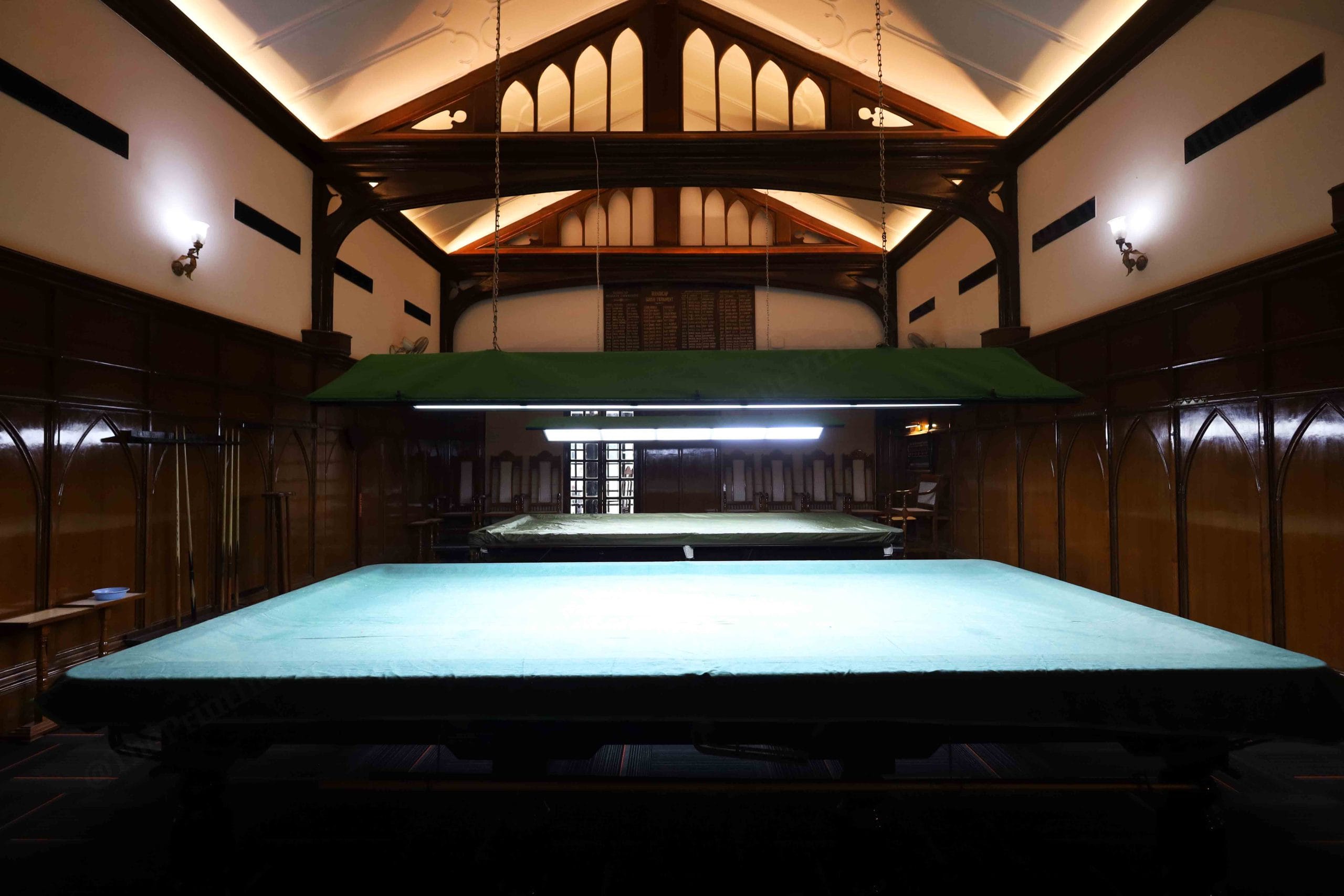
“Kids would love to have cheese balls and for us it was onion rings. The club had a beautiful atmosphere. The members were taken care of like family members by the staff,” said 76-year-old Rajendra Jain, a publisher, who has spent many mornings and evenings enjoying a meal at the club restaurant for nearly five decades.
“The club is like our second home,” he added.
Like many British era clubs in the country, Roshanara too had a dress code: collared shirts and shoes were mandatory. When M.F. Hussain, known for roaming without footwear, visited the property, special sandals were arranged for him.
Over the years, many members have spent more time here than at their homes.
“We would start our day with morning walks inside the club area, lush greenery, trees and clean air, it felt nice,” said Kamal Kapoor, a member of the club.
Also read: Bengaluru billionaires are changing Indian philanthropy. Old-style CSR is out
Of former presidents, prime ministers
The Roshanara Club was established by British industrialist Grant Govan and the new elites of Delhi in 1922. The rich gentlemen that decided to settle down in Civil Lines came up with a plan of a lavish club for all the A-listers. In the pre-Independence era, viceroys and governor generals frequented the club. Jawaharlal Nehru, V.V. Giri, Dr. Rajendra Prasad, all set their foot here. The black and white photographs of the who’s and who of the era hanging on the freshly painted walls of the club are testament of the rich history of the heritage building.
Roshanara Club was built on the western side of the Roshanara Garden. A Mughal era garden, given to Roshanara Begum, daughter of Mughal emperor Shah Jahan. Around the 17th century, many canals were built in the north of Delhi. Gradually, baghs were also developed. After her death, Roshanara was laid to rest in the garden. Today, the monument is under renovation and the beautiful scenic park is a hotspot for miscreants.
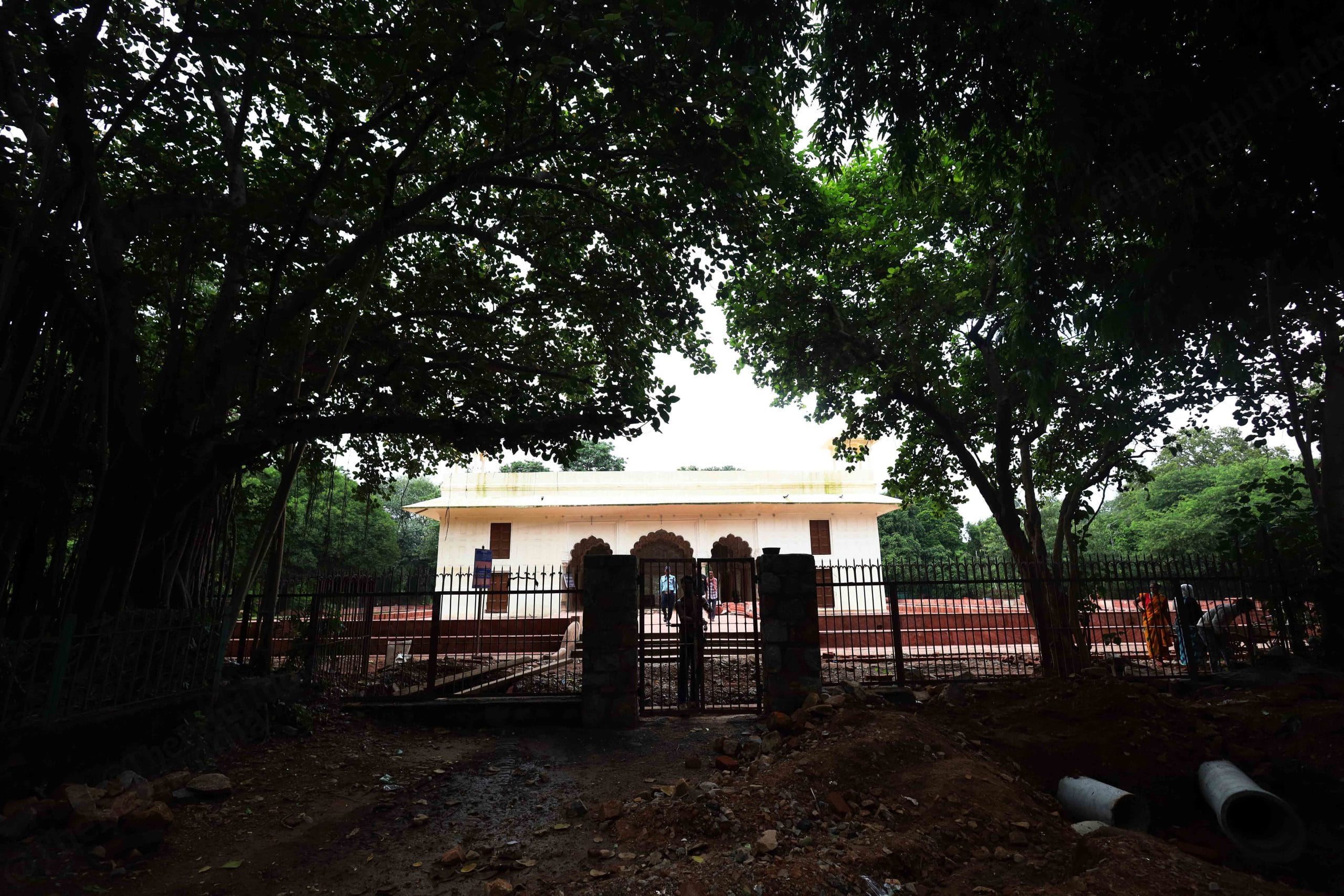
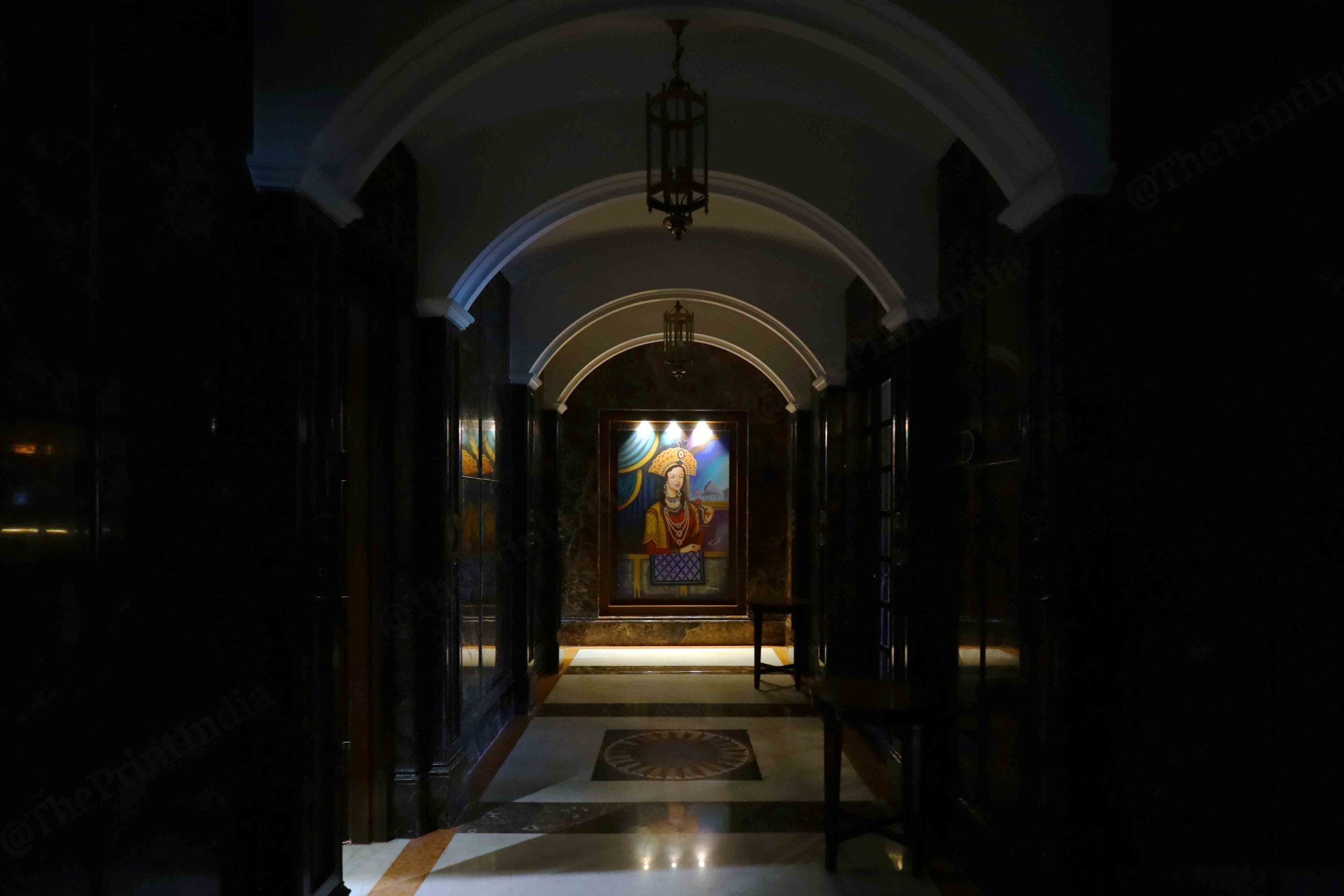
Realising the importance of the garden, the British built a house in the Roshanara Bagh in 1853. As the 1857 revolt unfolded, the garden remained in neglect for a few years before its fate changed. In 1874, it was handed over to the city’s municipal committee that developed it for public use. A decorative pool with goldfish inside the pavilion, new trees and motorable roads changed the fate of the area.
What followed was the establishment of Delhi’s oldest club.
“A landmark in the history of the garden came in 1922, with the establishment of the Roshanara Club, which was founded, as an official letter of the time put it, ‘to provide for the opportunity of sporting and social intercourse among gentlemen in Delhi irrespective of politics, caste and creed,’” wrote Swapna Liddle and Madhulika Liddle in their book Gardens of Delhi.
Also read: Rise and fall of India’s BRTS. ‘World-class’ solution that made problems worse
Birth of BCCI
In the India of 1920s, cricket had gained some momentum, albeit still within elite circles. A chorus grew to make India a member of the International Cricket Council. The condition was to establish a single controlling body. And in Delhi, it was the Roshanara Club pitch that was attracting many from the aristocracy for a game, slowly making it a cricket hub.
In front of an old fireplace at the club in December of 1928, members from different cricket associations and princely states sat across each other and decided to form the Board of Control for Cricket in India (BCCI). R.E. Grant Govan was made the president and Anthony de Mello as secretary.
The following years were all glory for the club. Matches were frequent. Cricketers from different parts of India, including Patiala, Delhi, United Provinces of Agra and Oudh, Alwar, Bhopal and several other provinces played here.
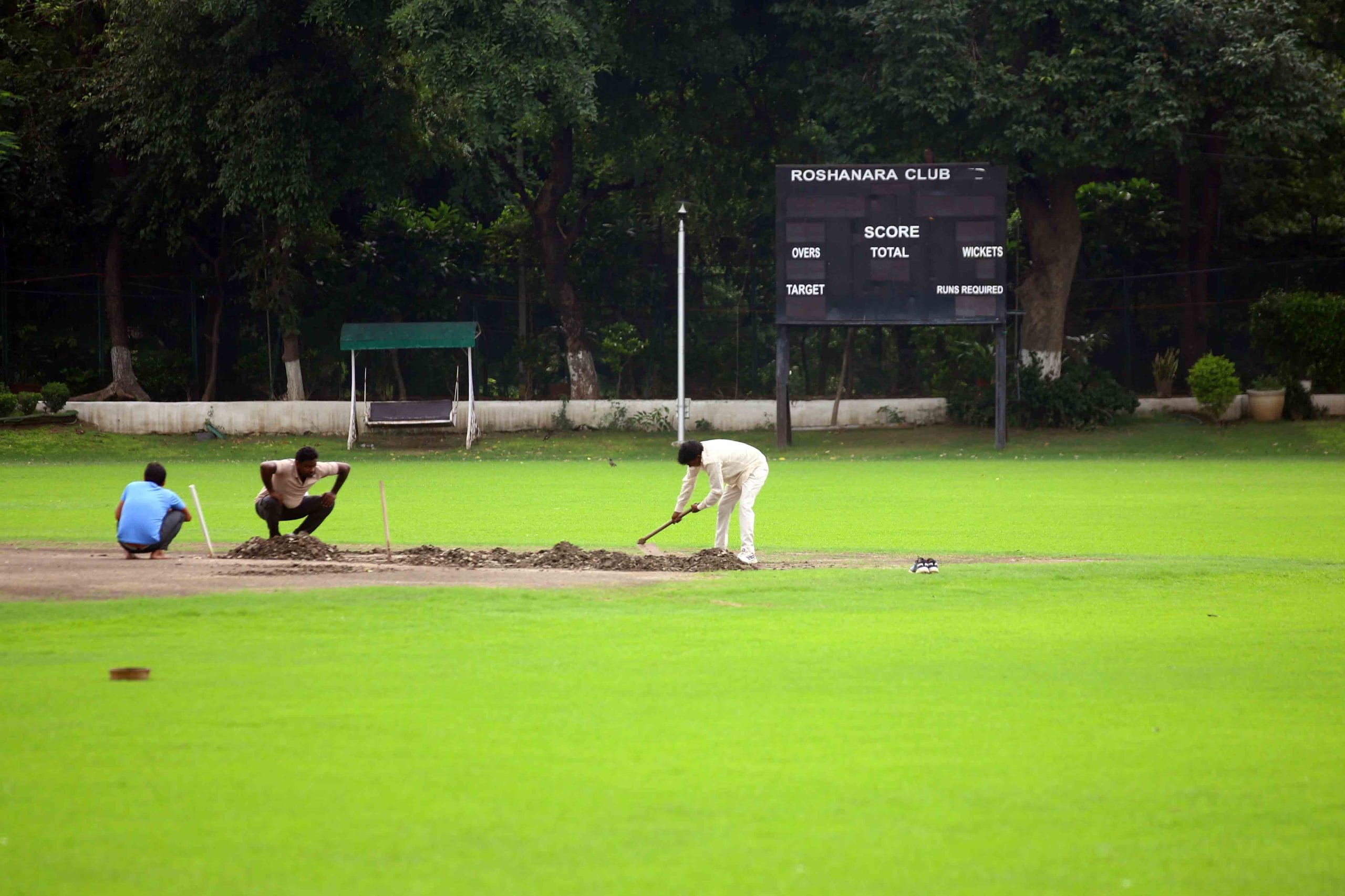
One of the many memorable matches played was in November 1930 when the Maharajkumar of Vizianagram invited Jack Hobbs and Herbert Sutcliffe—both ace English cricketers—to play for his side in a match against the Rest of India. Hobbs ensured victory for Vizzy’s side.
An elated Vizzy decided to dedicate a small pavilion to the club. Tucked in one corner of the ground, but visible from far, the pavilion stands till date with the 100-year-old scoreboard mounted on it.
“The pavilion used to be our changing area sometimes,” recalled former India all-rounder and Trinamool Congress leader Kirti Azad.
The 1983 World Cup winning team member claims to have played more than fifty matches at the club. He continued to play there after retirement. “As a cricketer I am proud that this club is in Delhi,” he said.
In the pre-Independence era, the club emerged as a challenge to the Bombay cricket clubs. But when India’s domestic cricket evolved and settled with a calendar, Roshanara was made to wait.
“When the Ranji Trophy, India’s elite domestic competition, began in the 1930s, Roshanara, despite its historic role, did not host Delhi’s matches. Instead, Feroz Shah Kotla remained Delhi’s primary home ground,” said Debjit Lahiri, a cricket history researcher.

The first Ranji Trophy match at Roshanara came much later after Independence in 1955 between Services and Eastern Punjab. Lt. Col. C.V. Gadkari, an Indian Test cricketer and Army officer, scored the first Ranji century at the venue. A year later, in 1956–57, the ground hosted its most prestigious domestic fixture yet – the Ranji Trophy final between Services and Bombay.
Over the years, several players starting from Rahul Dravid, Virendra Sehwag, Harbhajan Singh, Yuvraj Singh, Gautam Gambhir and Virat Kohli have played Ranji Trophy matches on the ground. Whenever any ground was not available in Delhi, matches were shifted to the Roshanara Club.
Roshanara also became a stepping stone in Virat Kohli’s early rise to the national Test side. In the 2009 Ranji Trophy season, Kohli, playing for Delhi, scored an unbeaten match-winning 67 against Maharashtra.
“Kohli was chasing just 112, Delhi had to win by 10 wickets to earn the bonus point (crucial for their campaign) – and Kohli ensured they did just that. His childhood coach, Raj Kumar Sharma, still considers that knock to be one of his finest in domestic cricket,” said Lahiri.
What has now been opened to the general public, has long stood for privacy and elitism. Those running the association then served loyalty to their members.
In 2004, the club restricted the entry of non-members who had come to watch Ranji matches being organised in the club. They implemented the “no-outsider policy”. A sports journalist who was present at the venue told ThePrint that even journalists were stopped from entering the premises.
“I received a call from my colleague about the restrictions. I was shocked. We had to reach out to the Delhi & District Cricket Association. Then we were allowed to enter,” said senior sports journalist Vijay Lokapally.
For members, there were perks: free access to matches as well as players.
“I think it was around 2009, when Kohli was playing here. I had brought my grandson who was bent on bowling to Kohli,” said Rajendra Jain. He made a request to Kohli, and he obliged.
“It was a scene. My grandson played with the Kohli.”
Jain remembers the day, and still thinks about the good old days of cricket at the club that last saw a Ranji fixture in 2010.
Also read: Banned in Delhi, full throttle in Bengaluru—RD350s, Shoguns, Yezdis ride on
A new management
The angry and anxious members who enjoyed their morning tea to evening drinks, now sit in one makeshift canteen of the club. They are not happy with DDA’s possession of their special place. Some of the patrons, whose membership is yet to be confirmed by the DDA administration, complain paying the Rs 100 fee to enter the club.
“Our club was running absolutely fine, the management might have been involved in some financial irregularities, because of that we all were punished. Our club was snatched from us arbitrarily,” said Manjeet.
The dispute began in early 2023 when DDA sent an eviction notice to the club authority after the 90-year lease expired. Soon, DDA took possession of the club.
“Roshanara Club Ltd. was granted two premium free leases by the Secretary of State for India in Council during the British Raj on annual rent basis for 30 years, which was extendable by further two periods of 30 years each, which is up to a maximum period of 90 years. The lease deeds did not have any provision for renewal or extension beyond 90 years,” read a DDA statement from 2023.
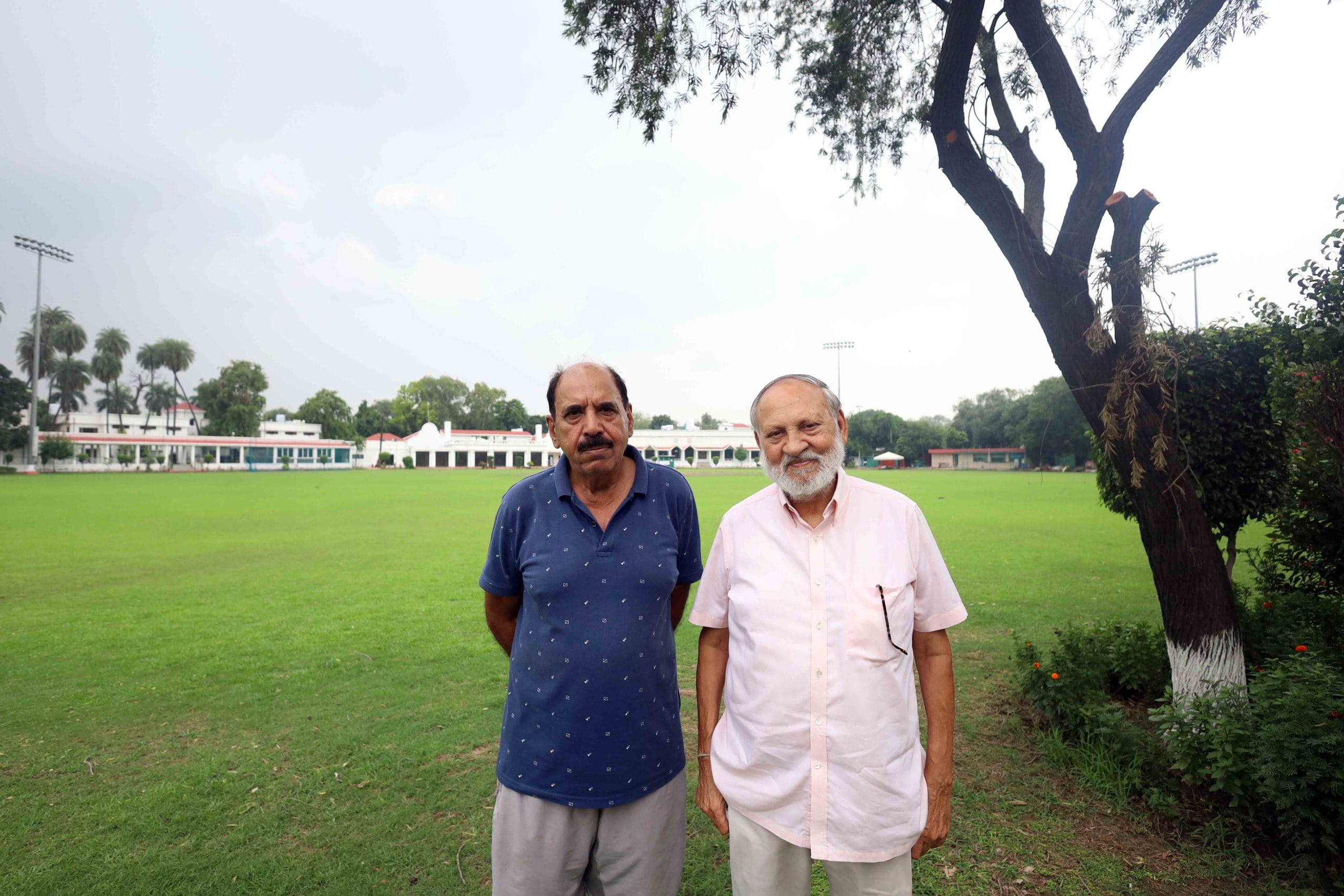
The DDA claimed that the club management had been occupying land worth crores. The old management had also let out land to illegal huts and nurseries. In its statement, the authority said that the iconic club had become a private property of certain members. It also alleged that the Club building and premises were in need of maintenance.
The management had, however, denied all allegations.
“We have spent half of our lives here, celebrating Diwali, Holi, Independence Day, and from the past two years everything has stopped,” said 74-year-old Kamal Kapoor, who has been a member of the club for the past three decades.
The club had more than 4,000 members before DDA took over in 2023. But only 1,900 have reregistered since then.
Although the sports activities have resumed, the club is yet to be opened to the members, including those who have already deposited the one-time fee.
“We have paid more than Rs two lakh individually to become a member of the club, still we cannot access it,” said Kapoor.
“Let us restart our lives here, how we used to live here,” said Rajendra Jain.
(Edited by Anurag Chaubey)



